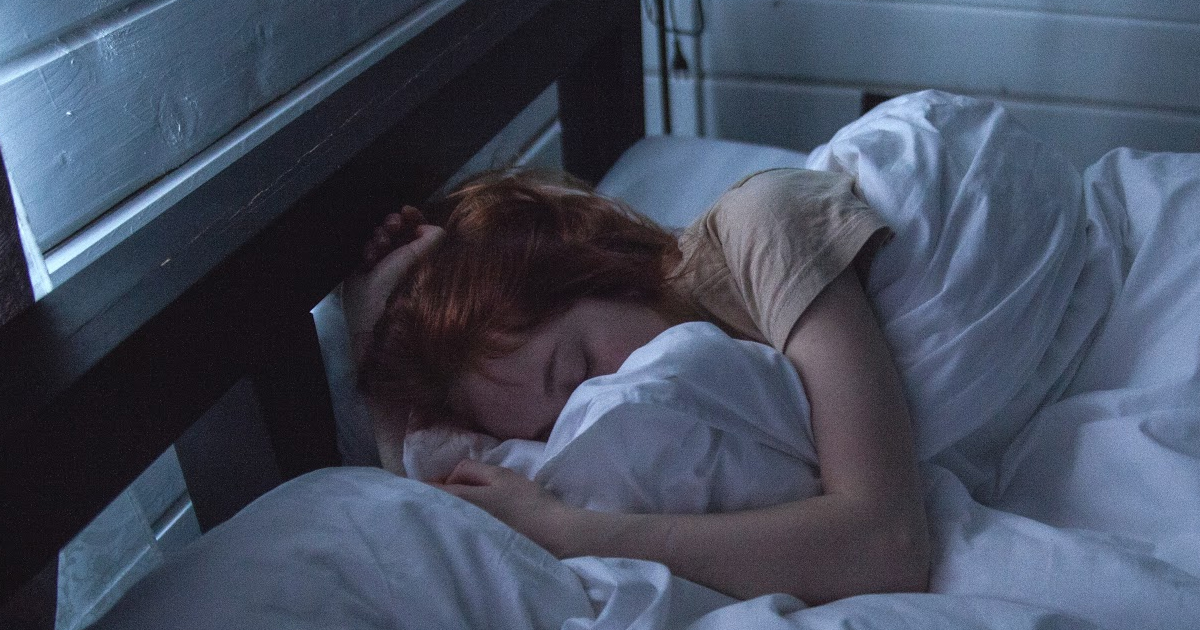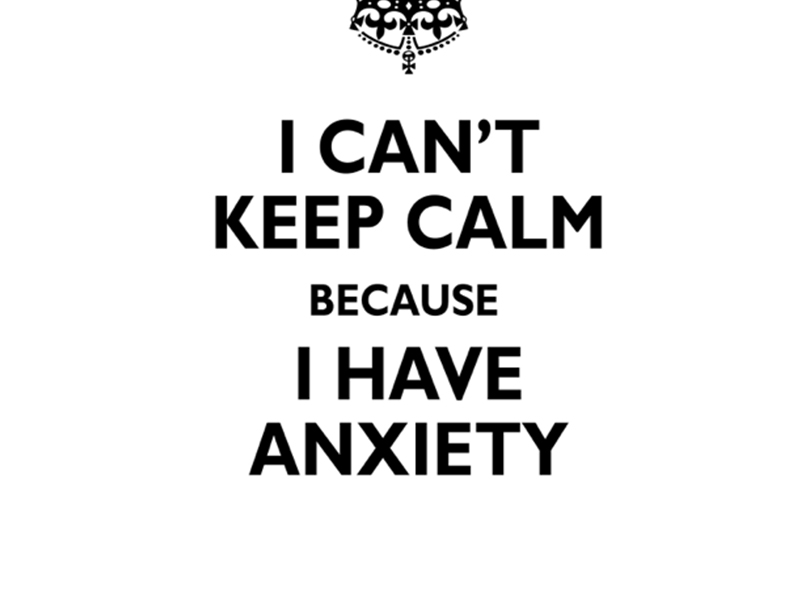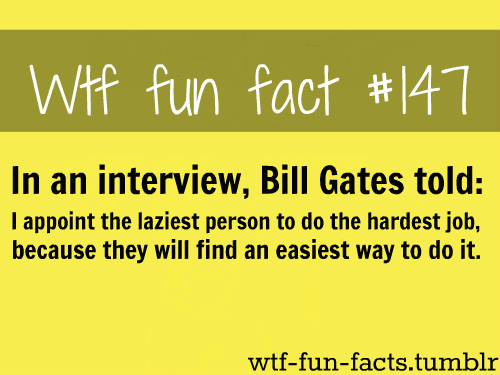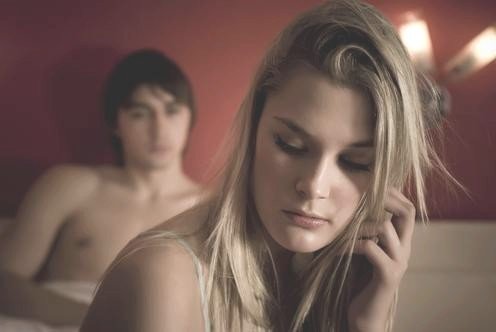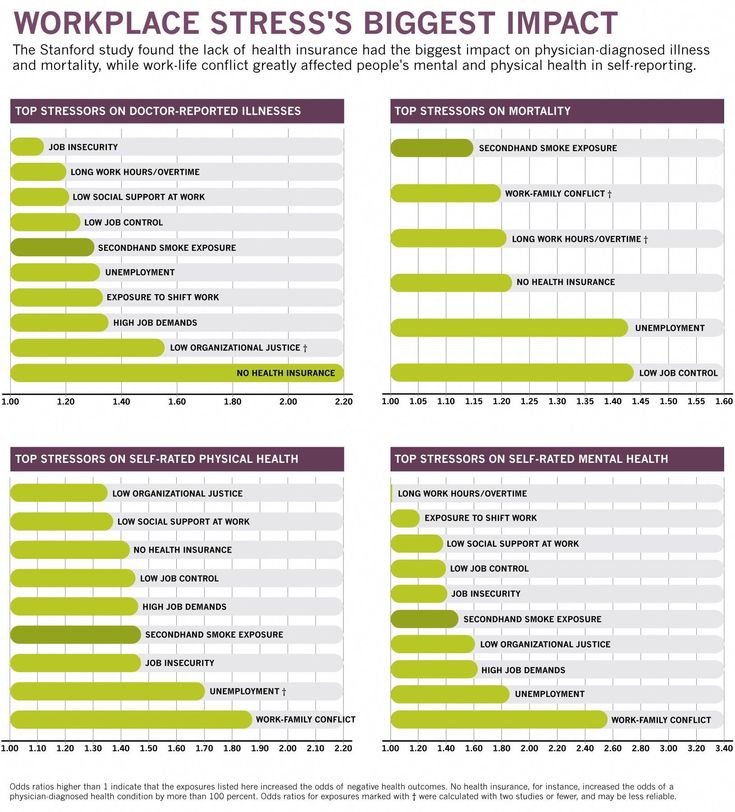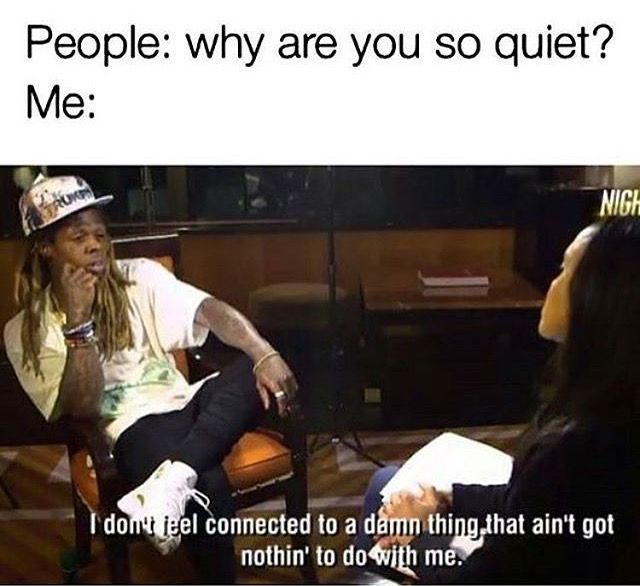Jerked awake while falling asleep
Hypnic Jerks: Why You Twitch When You Sleep
Hypnic jerks — also called sleep starts — are sudden, involuntary muscle contractions you may experience as you are falling asleep1. Hypnic jerks are a type of myoclonus, which is a category of rapid, involuntary muscle movements. Hiccups are another type of myoclonus. Hypnic is short for hypnagogic, a word that describes the transition between wakefulness to sleep, which is when these jerks occur.
What Do Hypnic Jerks Feel Like?
Hypnic jerks occur seemingly at random as you’re falling asleep, and typically only affect one side of the body, such as your left arm and left leg. You may experience a single jerk, or multiple in succession, before your body relaxes again.
In addition to the jerking movement, it’s common to experience other sensations or mental imagery along with a hypnic jerk, such as a dream or hallucination. People often report feeling like they’re falling, seeing flashing or blinding lights, or hearing banging, crackling, or snapping sounds.
For the most part, hypnic jerks are painless, although some people do report a tingling or painful sensation.
Hypnic jerks can feel different at different times. Sometimes they’re strong enough to jolt a person awake and disrupt the process of falling asleep. Other times, they’re so mild that the affected person doesn’t notice them at all — although their sleep partner might.
Hypnic jerks occur at any age, but they’re more common among adults. In part, this may be due to the fact that some of their potential causes, such as caffeine consumption and elevated stress levels, are also more common in adulthood.
What Causes Hypnic Jerks?
Researchers do not know for sure what causes hypnic jerks, but they have a few theories. Hypnic jerks and other types of myoclonus start in the same part of your brain that controls your startle response. When you fall asleep, researchers suspect that a misfire sometimes occurs between nerves in the reticular brainstem, creating a reaction that leads to a hypnic jerk.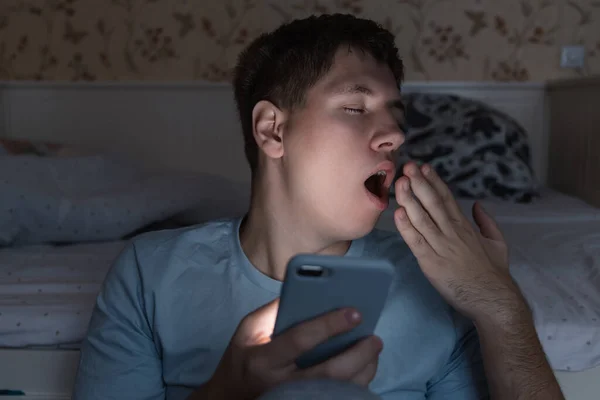
For example, it may be that when your muscles relax completely, even though that’s a normal part of falling asleep, your brain mistakenly assumes you are really falling and reacts by twitching your muscles. It’s also possible that hypnic jerks are a physical reaction to the dream-like imagery that accompanies them.
Certain risk factors may increase your likelihood of experiencing a hypnic jerk, including excessive caffeine and stimulant consumption, vigorous exercise before sleep, emotional stress, and sleep deprivation.
Excessive Caffeine or Nicotine Consumption
Stimulants like caffeine and nicotine wake up your brain. These substances can also stay in your system for several hours, disrupting sleep. In one study, people who stopped drinking coffee a full six hours before bed still had trouble falling asleep. Having too much caffeine or nicotine, or consuming these substances too close to bedtime, may lead to hypnic jerks.
Vigorous Exercise at Night
In general, exercise is almost always a good idea when it comes to sleep.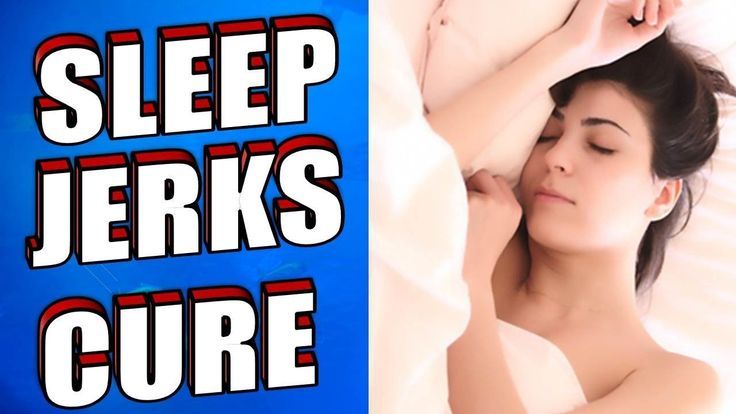 Regular exercise has been consistently demonstrated to improve sleep quality. However, it’s important to recognize that exercise is an energizing activity that makes you feel more alert, rather than tired. For that reason, exercising too vigorously late in the evening may lead to hypnic jerks.
Regular exercise has been consistently demonstrated to improve sleep quality. However, it’s important to recognize that exercise is an energizing activity that makes you feel more alert, rather than tired. For that reason, exercising too vigorously late in the evening may lead to hypnic jerks.
Sleep Deprivation
Trouble sleeping and lack of regular sleep overall, whether due to chronic insomnia or a poor night’s sleep, can both lead to sleep deprivation. Among other unwanted side effects, like poor mood and focus, sleep deprivation may increase your risk of hypnic jerks.
Stress and Anxiety
Both everyday stress and diagnosed anxiety disorders can contribute to insomnia, which leads to the kind of sleep deprivation that increases your risk of hypnic jerks. When you’re stressed or anxious, your cortisol levels remain elevated during sleep, which makes your sleep less restful. Anxious thoughts can also keep you up at night, making it hard for you to relax into sleep and disrupting the transition between wakefulness and sleep, potentially triggering a hypnic jerk.
Some people who experience hypnic jerks frequently may even develop anxiety around sleep itself, which only increases their likelihood of experiencing sleep deprivation and more hypnic jerks.
Are Hypnic Jerks Dangerous?
Hypnic jerks can be unsettling, but they’re not dangerous. In fact, they’re considered a normal part of falling asleep. Up to 70% of people experience hypnic jerks.
Hypnic jerks can be annoying and disrupt the sleep of you or your partner, but that’s typically the worst they can do. While it is possible that a particularly violent jerk could lead to a minor injury, it’s not common.
When To See a Doctor About Hypnic Jerks
Hypnic jerks are different from other movements that can occur while you are awake or sleeping. Hypnic jerks occur during the transition from wakefulness into sleep, happen quickly, and are generally considered harmless. If you only experience hypnic jerks, you probably don’t need to see a doctor. Symptoms similar to hypnic jerks could require medical attention, however.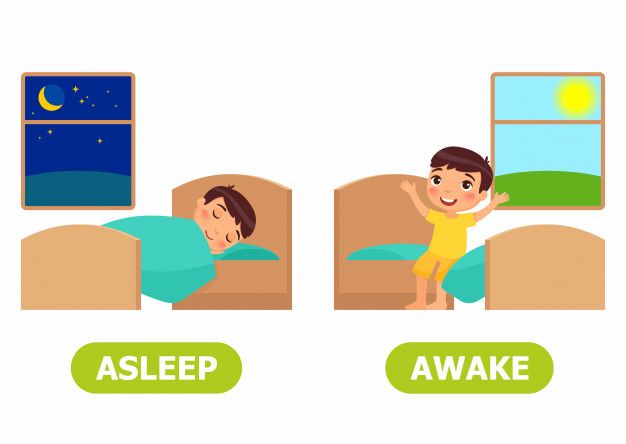
If, during the daytime, you experience multiple, persistent contractions in your muscles that spread to other parts of your body, you could be experiencing a different type of myoclonus, not a hypnic jerk. These types of myoclonus can be symptomatic of epilepsy, nervous system disorders, a head or spinal cord injury, or organ failure.
If you experience other types of jerking movements during sleep beyond hypnic jerks as you fall asleep, they could be symptoms of periodic limb movement disorder. If you’re concerned your muscle jerks are a symptom of another issue, speak to your doctor.
How To Prevent Hypnic Jerks
Hypnic jerks are a normal, albeit unpredictable, part of the experience of falling asleep. It’s unlikely that you’ll be able to completely eradicate them from your life. However, you can reduce their frequency and intensity, and improve your sleep at the same time, with a few relatively simple techniques.
Adopt Better Sleep Habits
Improving your sleep hygiene can make it easier for you to sleep better more consistently, which may reduce the occurrence of hypnic jerks.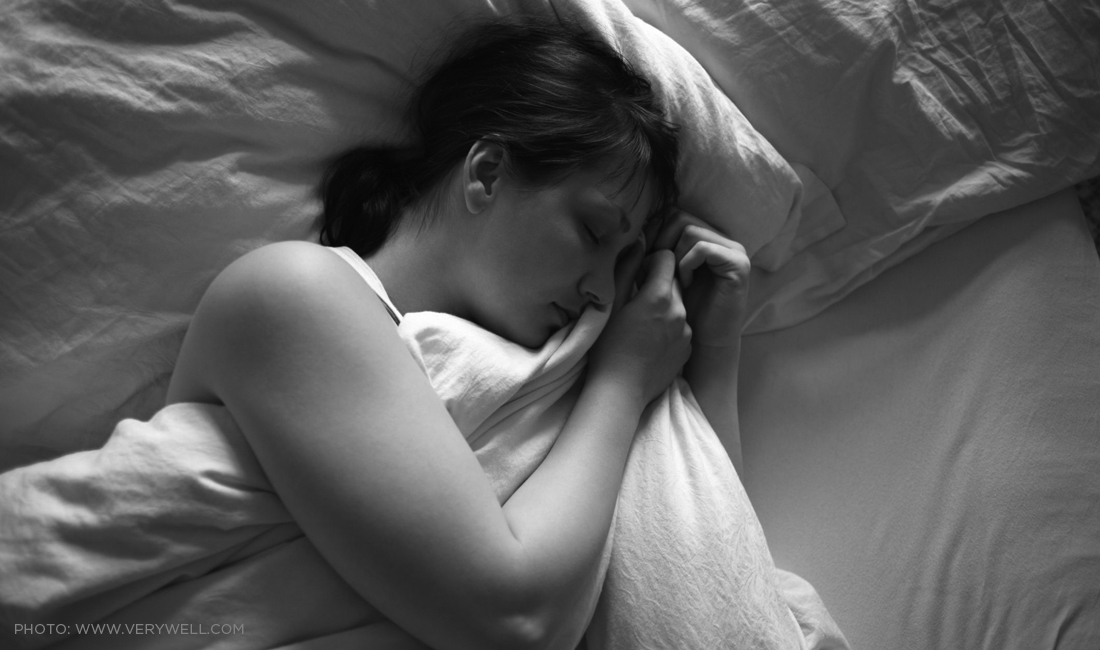 Follow these tips:
Follow these tips:
- Go to bed and wake up at the same time every day, even on weekends.
- Set your bedroom temperature to the low- to mid-60 degrees Fahrenheit.
- Make your bedroom as dark and quiet as possible, using blackout curtains or a white noise machine if needed.
- Stop using electronics at least one hour before bed.
- Follow a nightly bedtime routine.
Reduce Your Stress
Reducing stress could lead to a reduction in hypnic jerks. Explore relaxation techniques that can relieve your stress. Meditation, deep breathing, and yoga, can all help. Fill your bedtime routine with calming activities, like a warm bath or reading a book. If your stress and thoughts interfere with your quality of life, speak to a doctor or therapist.
Exercise Daily
Exercise daily to enjoy more restful sleep. Regular exercise can also help relieve stress. If you prefer a vigorous workout, schedule your exercise for earlier in the day to prevent it from disrupting your sleep. If you can only exercise at night, opt for low or moderate-intensity exercises like walking or yoga. Aim to finish your workout at least 90 minutes before bed to allow your heart rate to slow back down and prevent the occurrence of hypnic jerks.
If you can only exercise at night, opt for low or moderate-intensity exercises like walking or yoga. Aim to finish your workout at least 90 minutes before bed to allow your heart rate to slow back down and prevent the occurrence of hypnic jerks.
Minimize Your Caffeine Consumption
Caffeine can provide some beneficial energy-boosting effects during the daytime, but consuming too much, especially later in the day, can interfere with your ability to sleep soundly. If you’re experiencing hypnic jerks and having trouble sleeping as a result, caffeine might be the culprit. Avoid consuming more than 400 milligrams per day, and schedule your last cup of coffee for at least six hours before bedtime.
Avoid Nicotine and Alcohol
Nicotine is a stimulant that can impair your brain’s ability to wind down at night. It can also disrupt your sleep quality once you are asleep. Although alcohol is a sedative, it can also disrupt your sleep architecture, leading to the sleep deprivation that increases your risk for hypnic jerks.
Be aware that even after implementing these tips, you may still experience hypnic jerks on occasion. They’re a normal part of falling asleep. If you experience other movements that are disrupting your sleep, however, consult your doctor.
- Was this article helpful?
- YesNo
References
+16 Sources
-
1.
American Academy of Sleep Medicine. (2014). The International Classification of Sleep Disorders – Third Edition (ICSD-3). Darien, IL. Ibrahim, W., Zafar, N., & Sharma, S. (2020). Myoclonus. StatPearls Publishing.
-
2.
Ibrahim, W., Zafar, N., & Sharma, S. (2020). Myoclonus. StatPearls Publishing. https://pubmed.ncbi.nlm.nih.gov/30725700/
-
3.
National Institute of Neurological Disorders and Stroke. (2020, June 25). Myoclonus Fact Sheet. Retrieved April 15, 2021, from https://www.ninds.nih.gov/Disorders/Patient-Caregiver-Education/Fact-Sheets/Myoclonus-Fact-Sheet
-
4.
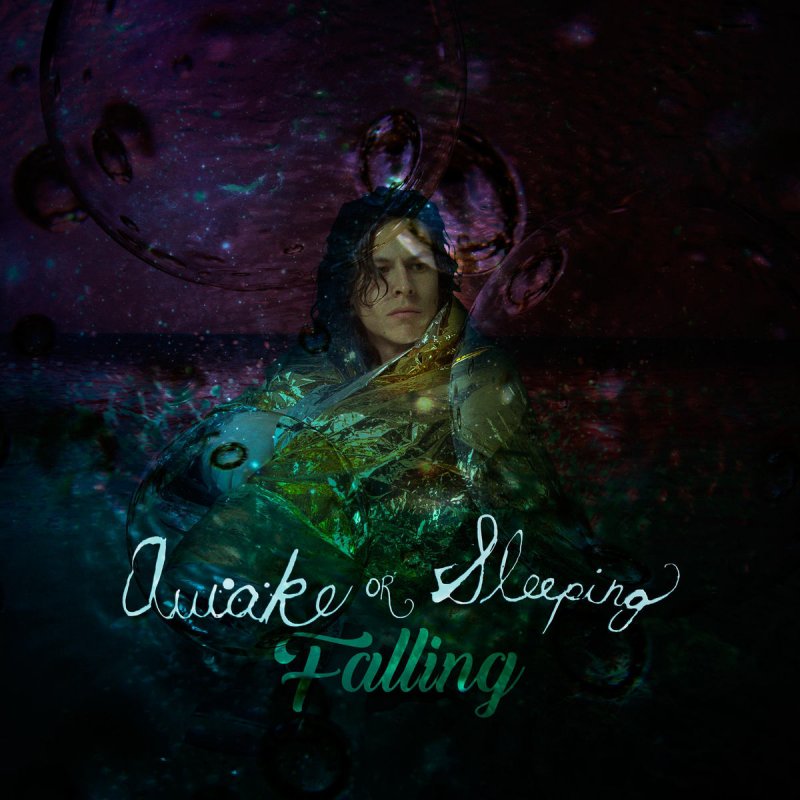
Merriam-Webster. (n.d.). Hypnagogic. Retrieved April 13, 2021, from https://www.merriam-webster.com/dictionary/hypnagogic
-
5.
Sathe, H., Karia, S., Desousa, A., & Shah, N. (2015). Hypnic jerks possibly induced by escitalopram. Journal of Neurosciences in Rural Practice, 6(3), 423–424. https://pubmed.ncbi.nlm.nih.gov/26167034/
-
6.
National Heart, Lung, and Blood Institute. (n.d.). Sleep deprivation and deficiency. Retrieved April 13, 2021, from https://www.nhlbi.nih.gov/health-topics/sleep-deprivation-and-deficiency
-
7.
Drake, C., Roehrs, T., Shambroom, J., & Roth, T. (2013). Caffeine effects on sleep taken 0, 3, or 6 hours before going to bed. Journal of Clinical Sleep Medicine, 9(11), 1195–1200. https://pubmed.ncbi.nlm.nih.gov/24235903/
-
8.
Dolezal, B. A., Neufeld, E. V., Boland, D. M., Martin, J. L., & Cooper, C. B. (2017). Interrelationship between sleep and exercise: A systematic review.
 Advances in Preventive Medicine, 2017, https://pubmed.ncbi.nlm.nih.gov/28458924/
Advances in Preventive Medicine, 2017, https://pubmed.ncbi.nlm.nih.gov/28458924/ -
9.
Basta, M., Chrousos, G. P., Vela-Bueno, A., & Vgontzas, A. N. (2007). Chronic insomnia and stress system. Sleep Medicine Clinics, 2(2), 279–291. https://pubmed.ncbi.nlm.nih.gov/18071579/
-
10.
Staner L. (2003). Sleep and anxiety disorders. Dialogues in Clinical Neuroscience, 5(3), 249–258. https://pubmed.ncbi.nlm.nih.gov/22033804/
-
11.
A.D.A.M. Medical Encyclopedia. (2020, August 13). Relaxation techniques for stress. MedlinePlus. Retrieved April 13, 2021, from https://medlineplus.gov/ency/patientinstructions/000874.htm
-
12.
Black, D. S., O'Reilly, G. A., Olmstead, R., Breen, E. C., & Irwin, M. R. (2015). Mindfulness meditation and improvement in sleep quality and daytime impairment among older adults with sleep disturbances: A randomized clinical trial. JAMA Internal Medicine, 175(4), 494–501. https://pubmed.
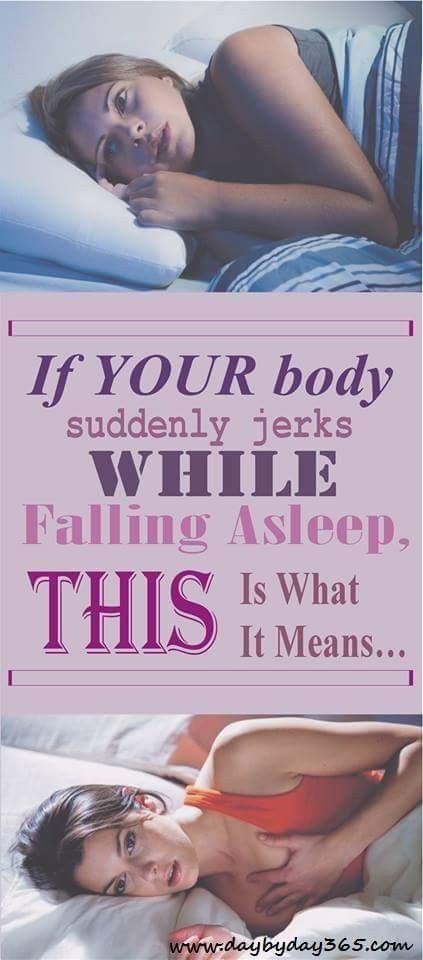 ncbi.nlm.nih.gov/25686304/
ncbi.nlm.nih.gov/25686304/ -
13.
Woodyard C. (2011). Exploring the therapeutic effects of yoga and its ability to increase quality of life. International Journal of Yoga, 4(2), 49–54. https://pubmed.ncbi.nlm.nih.gov/22022122/
-
14.
Childs, E., & de Wit, H. (2014). Regular exercise is associated with emotional resilience to acute stress in healthy adults. Frontiers in Physiology, 5, 161. https://pubmed.ncbi.nlm.nih.gov/24822048/
-
15.
Myllymäki, T., Kyröläinen, H., Savolainen, K., Hokka, L., Jakonen, R., Juuti, T., Martinmäki, K., Kaartinen, J., Kinnunen, M. L., & Rusko, H. (2011). Effects of vigorous late-night exercise on sleep quality and cardiac autonomic activity. Journal of Sleep Research, 20(1 Pt 2), 146–153. https://pubmed.ncbi.nlm.nih.gov/20673290/
-
16.
Stein, M. D., & Friedmann, P. D. (2005). Disturbed sleep and its relationship to alcohol use. Substance Abuse, 26(1), 1–13. https://pubmed.
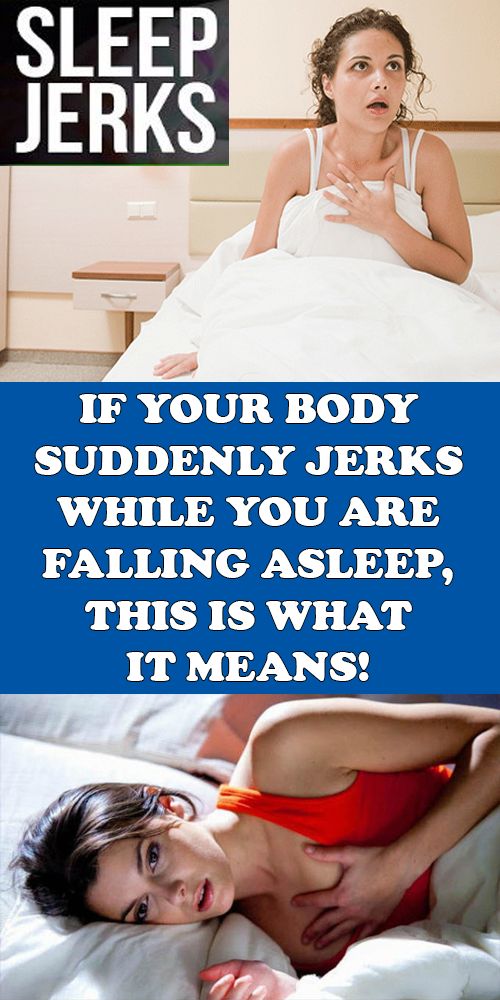 ncbi.nlm.nih.gov/16492658/
ncbi.nlm.nih.gov/16492658/
See More
Understanding Hypnic Jerks (or, Feeling Like You're Falling While You Sleep)
Dr. Dan JensenSleep
- Author
- Recent Posts
Dr. Dan Jensen
Following the completion of his undergraduate studies at Brigham Young University, Dr. Dan Jensen trekked to the University of Nebraska, where he received his dental degree in 1996. After he received his degree, he worked with his dad (Dr. Bruce Jensen) for five years until he moved to Alaska, where he practiced dentistry for six years. Utah family life soon called his name again and Dr. Jensen moved back to Utah where he opened up his own practice in Kaysville, UT.
Latest posts by Dr. Dan Jensen (see all)
Have you ever woken up just as you were about to fall asleep? Did you wake up with a jerk, or the feeling of falling? This is called hypnic jerks, hypnagogic jerks, or sleep starts. Hypnic jerks are quite common, and the condition isn’t a serious disorder.
Hypnic jerks are quite common, and the condition isn’t a serious disorder.
What Are Hypnic Jerks?
Hypnic jerks are strong, involuntary contractions that usually happen just when you’re drifting into sleep. This jolt in the body can startle you awake when you’re in the period between being awake and being asleep. Lots of people experience hypnic jerks from time to time, and researchers think that around 70% of people will experience hypnic jerks.
Hypnic jerks have a lot of names, including hypnagogic jerks, night starts and sleep twitches. All these terms describe the same thing. Hypnic jerks aren’t a serious disorder, they’re simply a natural contraction in the body that can happen to anyone.
Signs of Hypnic Jerks
Hypnic jerks are different for everyone. Sometimes the contractions will be enough to scare you awake, and other times you will drift off to sleep even after hypnic jerks. The signs of hypnic jerks include:
- A jerk or contraction in a muscle, such as in your leg
- A feeling of falling
- A dream in which you fall or are startled
- An increased heart rate as you wake up
- A shallow breathing pattern as you wake up
If you’ve experienced these, you’ve had hypnic jerks!
What Causes Hypnic Jerks?
Researchers aren’t quite sure what causes hypnic jerks. They are a normal reaction in the body, and don’t cause any harm. We do know that some triggers can make hypnic jerks more frequent or more noticeable.
They are a normal reaction in the body, and don’t cause any harm. We do know that some triggers can make hypnic jerks more frequent or more noticeable.
- Stimulants: One cause of hypnic jerks are stimulants. Caffeine, nicotine, and even alcohol can make it harder to fall asleep and can make you restless as you’re drifting off to sleep. Both coffee and smoking can increase hypnic jerks.
- Anxiety: Have you been feeling anxious? Stress and anxiety can keep your mind active even as your body is falling asleep. This can cause hypnic jerks as you’re drifting into sleep.
- Evening exercise: Getting enough exercise during the day will help you sleep soundly, but if you’ve been exercising in the evening you may experience hypnic jerks. Your body may be too active when you go to bed, making it harder for you to relax and fall asleep.
- Sleep hygiene: If you’ve been experiencing sleep starts, take a look at your sleep hygiene. You’re more likely to have sleep starts if you don’t give yourself time to wind down before bed.
 It’s also important to sleep in a cool, dark room, and keep a consistent sleeping schedule
It’s also important to sleep in a cool, dark room, and keep a consistent sleeping schedule - How to Treat Hypnic Jerks
Hypnic jerks are natural, and they don’t pose any health risks. Treating hypnic jerks isn’t necessary, but if you’re feeling anxious about hypnic jerks, or they’re making it harder for you to fall asleep, there are a few things you can do to reduce hypnic jerks.
Limit your caffeine intake – enjoy your coffee in the morning, but avoid drinking coffee or caffeinated drinks after lunch. Avoid caffeine in the afternoon and evening.
Get into a routine – if you’ve been having hypnic jerks, develop a consistent nighttime routine. Avoid using screens an hour before bed, turn off any bright lights, and do something that relaxes you, such as reading or doing breathing exercises. When you’re calm and relaxed before bed, you’ll reduce hypnic jerks.
Exercise in the day – make sure you do your workout earlier in the day. Try to exercise in the morning or early afternoon, so your body will have lots of time to wind down and relax before you go to sleep.
Sound Sleep Medical
If you’ve been experiencing hypnic jerks or feel like you’re falling while you sleep, you can make a few changes to your sleep habits to help you sleep more soundly.
Looking for more tips on ways to relax in the evening, develop a good sleep routine, or talk about any sleep disorder you may have? Visit us at Sound Sleep Medical where our team of sleep experts will help you get a great night’s sleep.
Why do we feel like we're falling when we fall asleep?
- William Park
- BBC Future
You probably know that strange feeling when you fall asleep, when you think that you are falling? You shudder all over and wake up. A BBC Future reader asks how science explains this phenomenon.
Thanks to Rini Patel for the question. If you too have questions for the BBC Future team as part of the Ask Us Something series, you can write (in English) to our email address sari.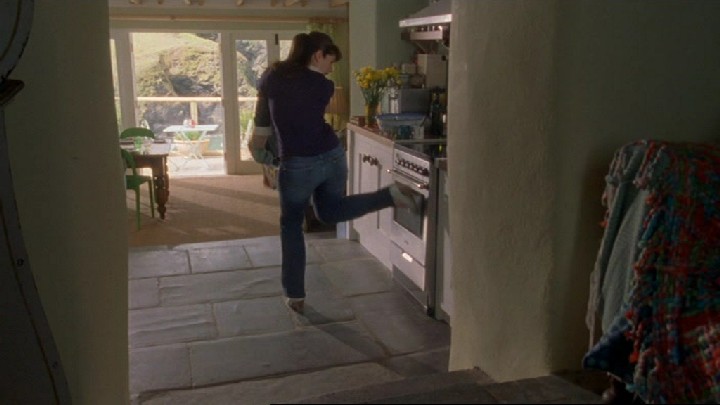 [email protected] or [email protected].
[email protected] or [email protected].
Undoubtedly, you also felt a sharp shuddering of the body during falling asleep. If at this moment you dream, you dream that you have lost your balance and are falling.
When startling becomes part of the dream, say you dream that you stumble, this phenomenon is called "dream incorporation". It demonstrates the amazing ability of our mind to improvise.
A phenomenon known as the "hypnotic jerk" sheds light on the complex processes that go on in our brains during sleep.
What causes hypnotic jerks?
During sleep, our body becomes immobile. We stop paying attention to what is going on around us. But our muscle control doesn't turn off instantly like a switch.
A part of the brain called the reticular activating system controls the basic functions of our body, such as breathing. It is also responsible for the feeling of "consciousness".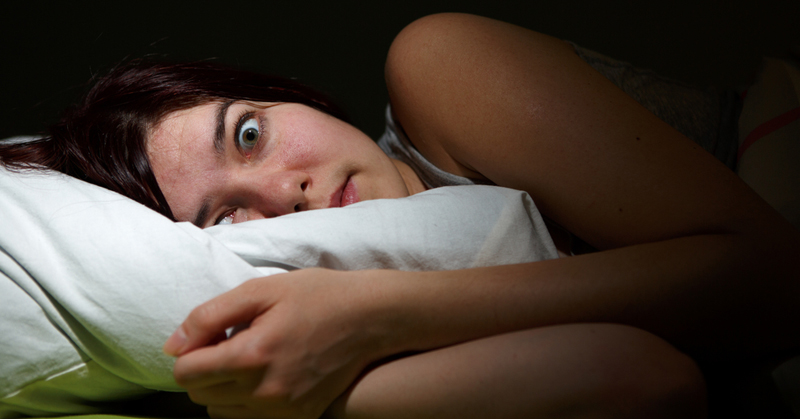 In contrast, the ventrolateral preoptic nucleus, located close to the optic nerve, activates the feeling of fatigue and the desire to sleep.
In contrast, the ventrolateral preoptic nucleus, located close to the optic nerve, activates the feeling of fatigue and the desire to sleep.
When we fall asleep, the reticular activating system releases its control of the body and hands it over to the ventrolateral preoptic nucleus. This process is similar to the action of a light switch, but it does not always go smoothly.
Photo copyright, Getty
Photo caption,Our brain "incorporates" physical sensations into dreams
Random bursts of energy that accumulate during body activity are expressed in sudden movements or shuddering, the causes of which are not fully known. Unlike rapid eye movements, they have nothing to do with dreams in our brain. But they are rather the remnants of daily activity.
Is it safe?
An even stranger and rather painful phenomenon, called the exploding head syndrome, is caused by a similar process - the struggle for control of the body between the sleeping and the awake mind.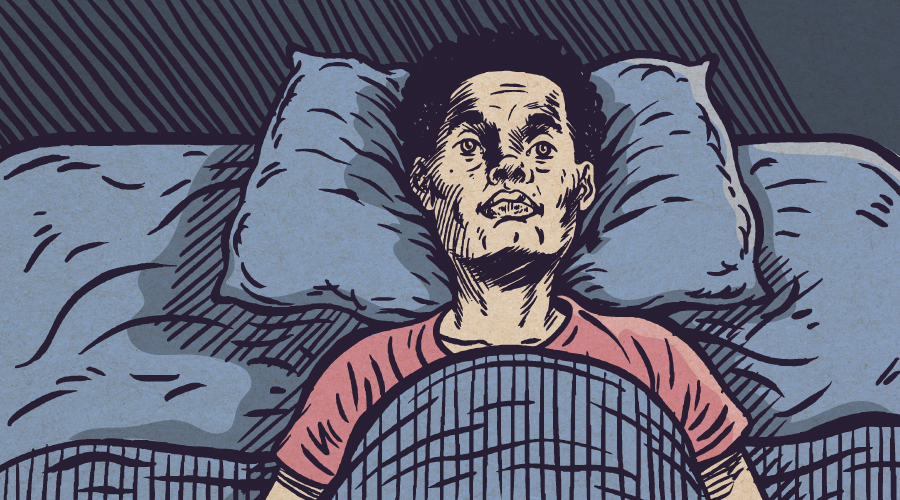 As a result of this extremely unpleasant syndrome, we can feel flashing lights and hear loud bangs.
As a result of this extremely unpleasant syndrome, we can feel flashing lights and hear loud bangs.
In particularly severe cases, patients complain of prolonged insomnia and even the feeling that they have been abducted by aliens.
However, in general, hypnotic jerks should not bother you. This is just a funny coincidence in the work of our body systems during falling asleep. “There is a pleasing symmetry between the two kinds of movements we make during sleep,” writes our correspondent Tom Stafford. “Rapid eye movements are caused by dreams that reflect what happened to us during the day. And hypnotic jerks turn out to be an interference of our physical activity in the world dreams."
Image copyright Thinkstock
Image caption,Jerking and jerking while falling asleep are the remnants of our physical activity that interfere with dreams
Read original of this article in English you can visit the site BBC Future
Why does a person start when falling asleep and during sleep.
 Why does the body need it
Why does the body need it A strange phenomenon occurs when a tired person tries to sleep. When dreams have already begun, he suddenly shudders all over his body or some muscle twitches in him. Often this is such a strong shake that you have to wake up. It turns out that these nocturnal sharp convulsions are associated with the work of the nervous system. They are called hypnotic jerks or myoclonus, the brain thus checks the vital activity and condition of the body. As soon as the body goes into a motionless state, the brain feels a threat to life or perceives this position as a fall, and begins to send impulses that contract the muscles, as a result, the person shudders and comes to life. Anyone can remember that before such a spasm one often dreams of some kind of flight or gentle movement, and then in a dream the sleeper seems to fall or stumble - and shudder. This phenomenon, in which something that irritates the sleeper is turned into part of a dream in order to explain what is happening to the brain, is probably not such a rare phenomenon. The human brain is capable of creating surprisingly plausible stories based on disparate facts in order to explain what is happening to itself.
The human brain is capable of creating surprisingly plausible stories based on disparate facts in order to explain what is happening to itself.
What factors increase nighttime cramps? Twitching in a dream is associated with tension, appears from fatigue and anxiety, constant worries. Often, convulsions appear if the sleeping person lay down in an uncomfortable position for himself. Several factors are named, and all of them are easily influenced: lack of sleep, prolonged stress; overstrain of a physical or emotional nature; overuse of stimulants: alcoholic beverages, caffeine or theine, smoking; dehydrated state; active training at a later time; active mental activity, planning, trying to find solutions to problems, or just fantasizing before going to bed. If nighttime twitches in a dream interfere with sleep, become too frequent, then the body needs to relax. You just need to find the right way. Somnologists say: the optimal solutions are: yoga classes; salt baths. In addition, doctors recommend monitoring the drinking regimen and drinking at least one and a half liters of water per day. It's also a good idea to keep a bottle of mineral water right next to the bed. But the habit of drinking coffee is best left in the morning.
It's also a good idea to keep a bottle of mineral water right next to the bed. But the habit of drinking coffee is best left in the morning.
Types of seizures. There are several types of twitching, some of which are worth discussing with your doctor. Firstly, if shudders occur when falling asleep, literally after seconds or minutes, this is a variant of the norm, and you should not worry about this phenomenon. If startles occur later, a person periodically moves his legs in a dream - this is already a far advanced situation, and a person may not get enough sleep, complain of constant insomnia. There are also twitches that are associated with epileptic activity, and occur against the background of an overtly or covertly developing epilepsy. Sometimes sleepy twitches are associated with the fact that breathing stops during sleep. For example, this happens to people who snore in their sleep. Therefore, the brain wakes up - to regulate the cycles in the body. That is why it is worth discussing the situation with a doctor: he will be able to exclude dangerous situations.